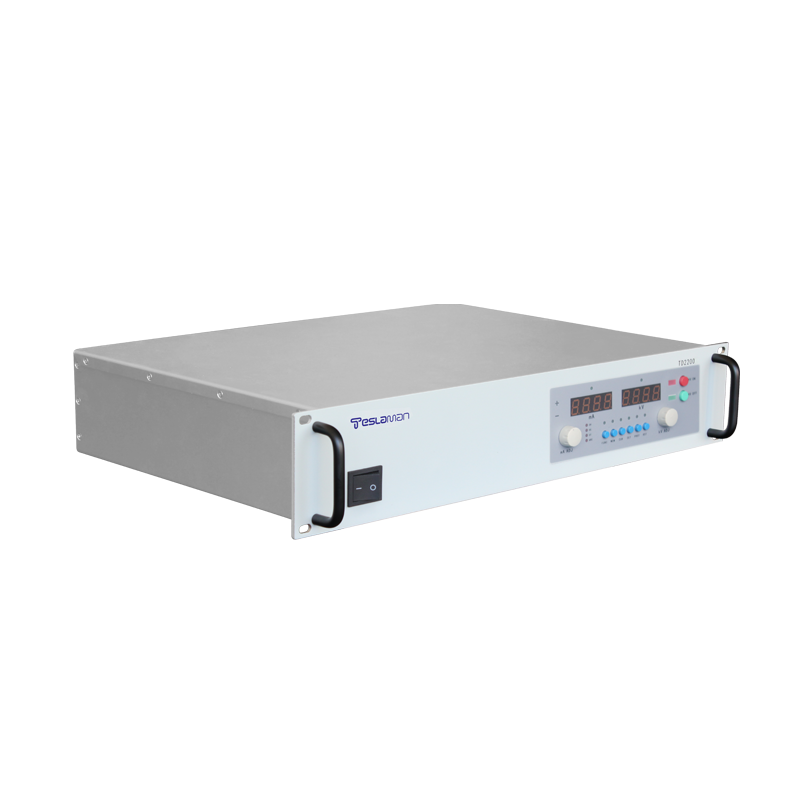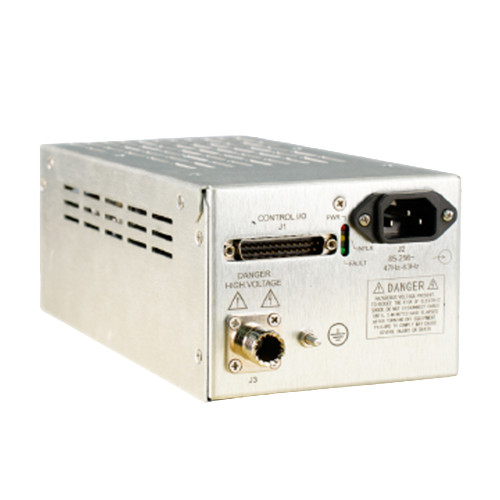In the name of technology, leading the way to the future: the cutting-edge dynamics of high-voltage power electrostatic printing technology
High-voltage power electrostatic printing technology is a digital printing method that uses high-voltage static electricity to spray toner or liquid toner from the nozzle onto the substrate. It has the advantages of no plate, variable data, multi-value gradation, and low cost, and is suitable for materials and shapes of various substrates. It is widely used in flexible printed circuits, solar cells, touch screens, display devices and other fields.
The principle of high-voltage power electrostatic printing technology is to use the Coulomb force and capillary force generated by the high-voltage static electric field to spray toner or liquid toner from the nozzle onto the substrate. Firstly, a certain positive or negative bias voltage is applied to the nozzle by the high-voltage power supply, so that it forms a strong static electric field with the substrate. Then, the toner or liquid toner is transported to the nozzle by mechanical extrusion or ultrasonic oscillation. When the toner or liquid toner comes into contact with the nozzle, they are charged with the same polarity as the nozzle due to the action of the static electric field, and pushed away from the nozzle to form a small droplet or solid particle. These droplets or solid particles with the same polarity repel each other in the air and fly towards the substrate along the static electric field lines. Due to the bias voltage of the substrate with the opposite polarity to the nozzle, they attract and capture these droplets or solid particles, and form an image on their surface. Finally, the image is cured by heating or ultraviolet light.




















